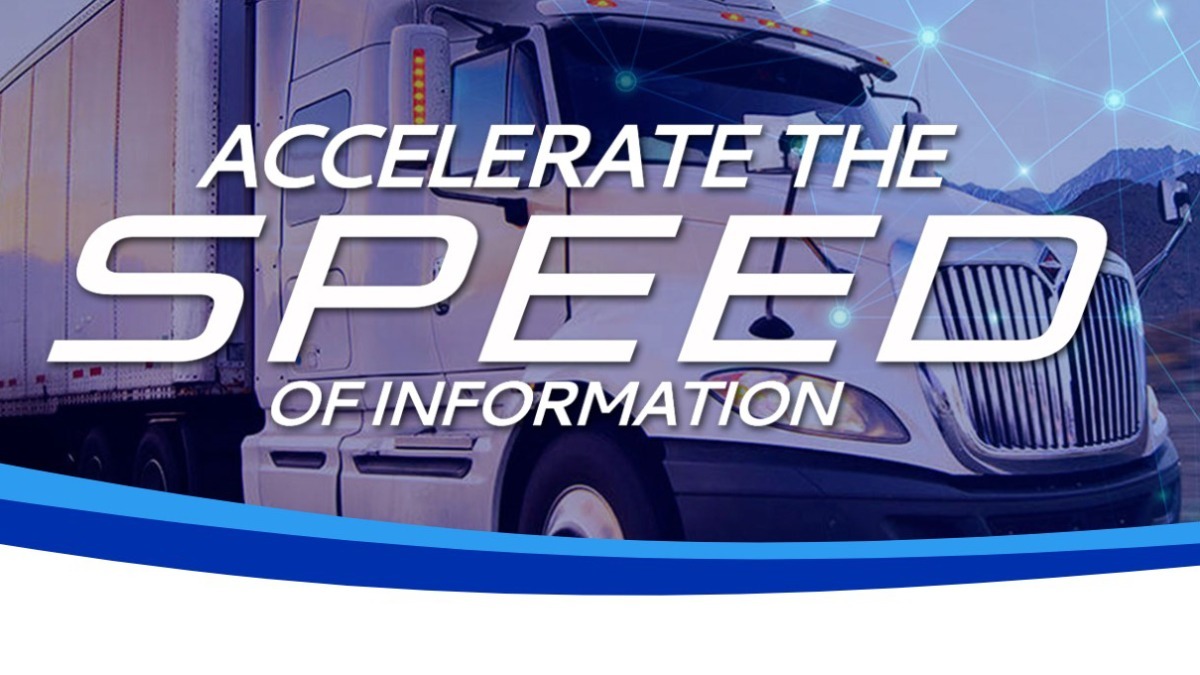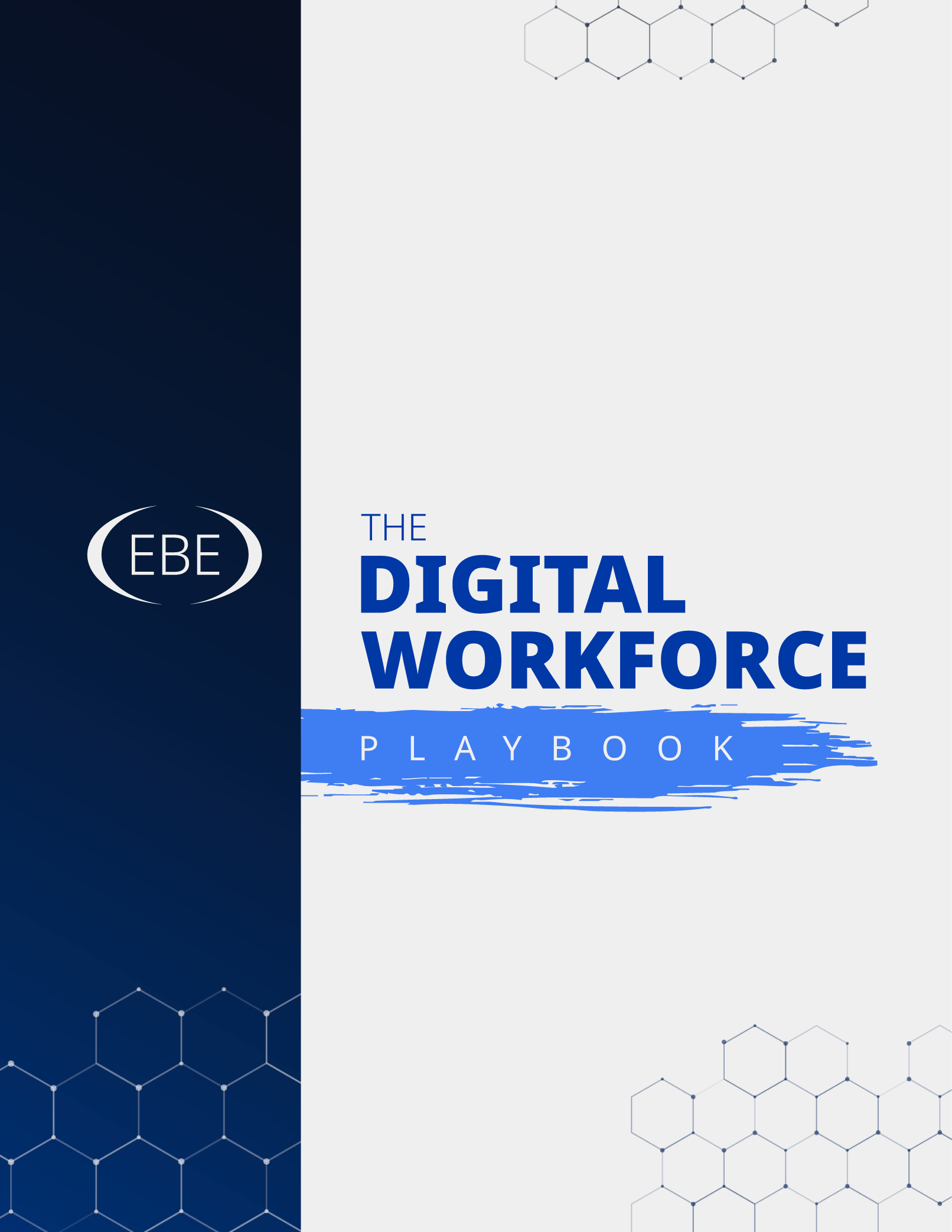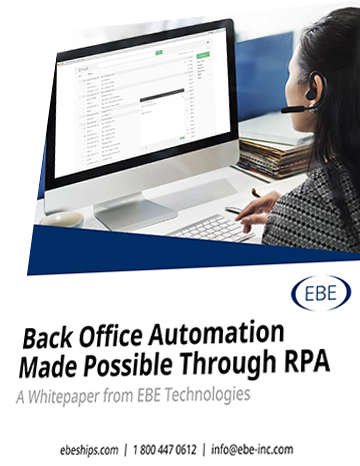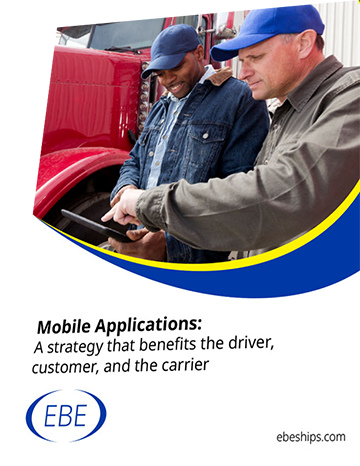

One of the biggest challenges carriers must overcome is the stigma associated with the traditional driver orientation and onboarding process. Typically, drivers can look forward to long bus rides, sharing rooms with strangers, eating fast food lunches and dinners, and watching boring, outdated videos. Then, carriers ask themselves why they lose so many drivers at orientation or why they never show up at all. If this sounds familiar, consider a Learning Management System (LMS) to improve driver orientation and onboarding.
The main objective of an LMS is to enhance the learning process by doing more than delivering content. A quality LMS will allow you to create your own training program in an easily accessible, Web-based solution that manages and tracks training history and offers reliable reporting features. The LMS should be flexible enough to provide student-specific training in a self-paced OR instructor-led format that includes both in-house and third-party content. Moreover, the system should offer a variety of content options including video, images, audio files, interactive tests, hands-on activities, surveys, and events.
Statistics show that when students have more control of their learning process and can better understand the material, there is a 60% faster learning curve compared to instructor-led training. Additionally, it was found that students can learn five times more material without spending more time in a classroom. This is due to standardized courseware and more controlled content delivery, which keeps the drivers, instructors, and classes on topic with less distractions.
More importantly, however, the LMS should consider the learning style of the student and provide varied content to address each student’s needs. Several studies have been done evaluating learning styles, retention, and efficacy of delivering content through a Web-based learning management system. Learning styles of the individual will impact the outcome of the driver’s training. That’s why it is important to understand the way your drivers retain content to provide them with the greatest opportunity for success.
According to the University of Illinois, 50% of students are kinesthetic learners (learning by doing), 40% are visual learners (learning by watching) and 10% are auditory learners (learning by listening). However, 80% of all instruction is auditory. Companies that ignore this important fact are at risk for drivers to be less prepared when they are on the road and more apt to encounter problems — ultimately leading to driver frustration, dissatisfaction, and potential safety risks. By providing a variety of content options to appeal to all types of learners, you are more likely to improve student engagement with the content and help your students retain the information they have learned.
The benefits of a quality LMS are numerous:
An effective LMS will deliver the right content at the right time to the right driver. To learn more about EBE’s Learning Management System, visit ebeships.com or call 800.447.0612.









